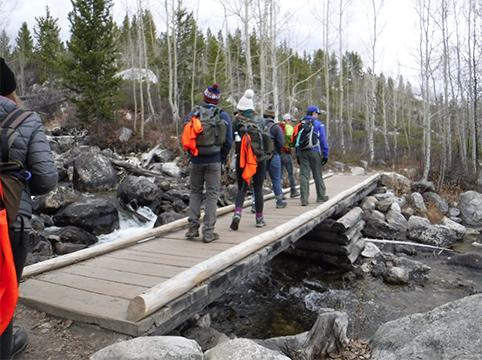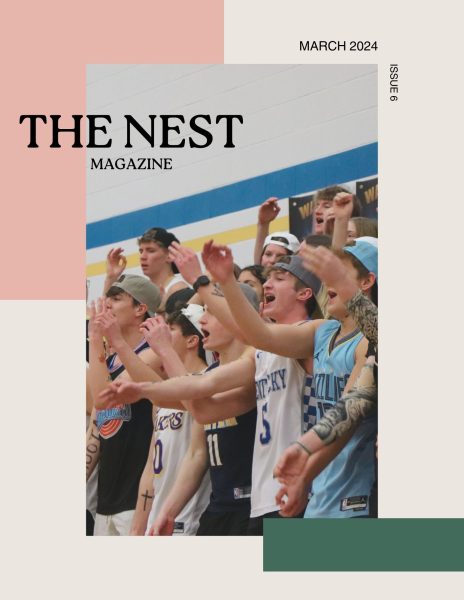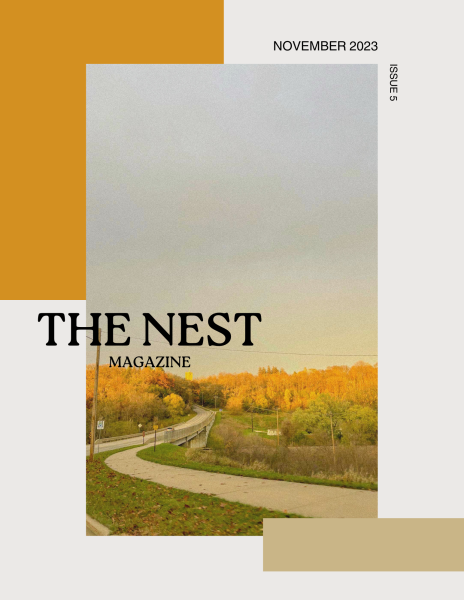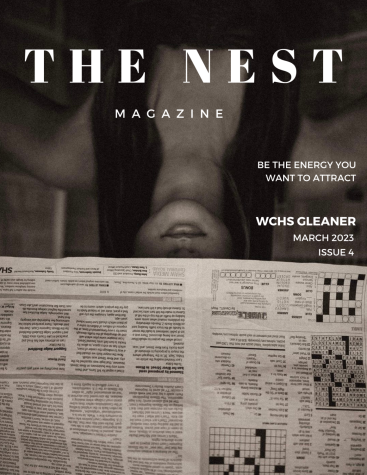The mountains are calling
Stepping on to the plane to Jackson Hole, I felt a little apprehensive. I had a million things to do: from homework to college applications to difficult classes I really couldn’t afford to miss. Being stranded in the Tetons with no phone, three inches of snow, and a six a.m. wake up call just didn’t sound like the most appealing option at the time.
Besides, I didn’t even know what we would be doing or learning about. Was this trip really the best thing for me right now?
In reality, it was probably the best option for me. Having no phone or computer wasn’t stressful; it was the opposite actually. Even though I had a pile of homework to catch up on once I got home, the experience of the Tetons made up for it.
Every morning breakfast was around 7:30, give or take 15 minutes. Because the Wahlert group was only 13 students this year, we had the opportunity to eat with another student group from Los Angeles whom we exchanged t-shirts with during one of the night sessions later in the week.
After breakfast, one of two instructors that work for the Tetons Science School led a morning session. The morning sessions ranged from things like watersheds and geology to self-reflections.
Once the morning session ended, we would go “into the field” for about five hours. In the field, the group would sometimes split into two groups and hike around on different trails around the Teton Mountain Range and Gros Ventre Mountains. Every once in awhile, we stopped to do more lessons that related to the theme from the morning session. One of the best stops of the day was always the lunch break when we would find a scenic location to sit down and eat our packed lunches.
Monday, we hiked to the top of Lobo Hill to get a view of the land and the different plant communities that inhabit it. Then on Tuesday, we hiked to the glacial lake Bradley Taggart at the base of the Tetons to learn about how glaciers sculpted the mountains and changed the land. That day, we ate lunch on a bridge that stretched over the lake.
On our “day off” we went into town and went to the National Museum of Wildlife Art, looked for bighorn sheep on the National Elk Refuge, and toured the hydroponic greenhouse Vertical Harvest in downtown Jackson.
After getting back to the lodge, we had community time and ate dinner as a group. Community time activities included competitive games of Apples to Apples and Uno along with the occasional naps by the fireplace.
Once dinner ended, we all took turns cleaning up the dining hall then gathered in the main lodge for a night session. Some subjects from the week included taxonomy, in which we were able to go to the Murie Museum and learn about two individuals from Jackson Hole that contributed greatly to the field, and astronomy, during which we went outside and looked through a high powered telescope at the stars and planets in the sky.
Research day was different from any other day. We met in the morning in our small groups to discuss a research topic, then we formulated a plan, and went out and researched.
My group, for example, decided to compare the water from three different sources: Ditch Creek, which flowed from the Gros Ventres; Taggart Creek, which flowed from the glacial lake Bradley Taggart; and Snake River, which both creeks flowed into.
After gathering data, we went back to the lodge to draw conclusions and present our findings to each other.
Then on last day before we left, we took a three hour hike through the snow to Coyote Rock to get an aerial view of Jackson Hole and come face to face with the Tetons one last time before we left.
In the end, I was exhausted and ready to get back to my responsibilities. But the trip gave me an introspective view of field biology, nature, and the importance of taking learning out of the classroom.





